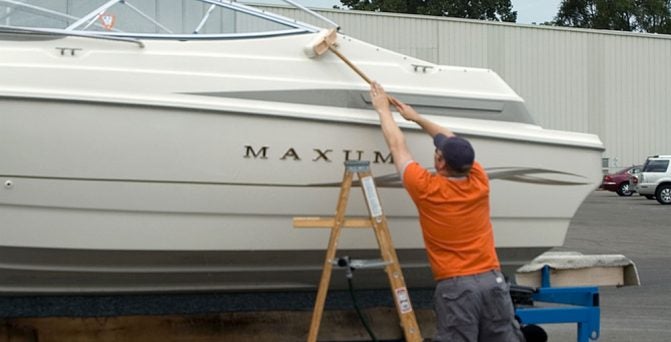
Use this checklist to ensure you're prepared
Warmer weather, sunny days and melting snow through the northern half of the continent have millions of boaters thinking about the coming boating season. Our good friends at the Boat Owners Association of The United States (BoatUS) have some great ideas to help you start the season right with their helpful spring commissioning checklist. Seeing how your boat checks out makes for an enjoyable spring afternoon and ensures you’ll be ready to go for another boating season.
Before Launch
- Inspect all hose clamps and replace as necessary. Double clamp all below-waterline connections, including all hose and fuel lines, with marine-rated stainless hose clamps for extra security.
- Inspect cooling hoses for stiffness, rot, leaks and cracking. Make sure they fit snugly.
- Replace deteriorated sacrificial anodes. This is a great opportunity to replace old zinc anodes with premium aluminum or magnesium ones for even better protection.
- Inspect propellers for any dings, pitting and distortion. Make sure cotter pins are secure.
- Inspect the hull for blisters, distortions and stress cracks.
- Make sure your engine water intake is not cracked or bent from ice, free of corrosion, and is clean and properly secured.
- With inboards, check the engine shaft and rudder stuffing boxes for looseness. A stuffing box should only leak when the prop shaft is turning and needs to be inspected routinely.
- Use a garden hose to check for deck leaks at ports and hatches. Renew caulk or gaskets as necessary.
- Inspect bilge pump and float switch to make sure they’re working properly.
- Check stove and remote tanks for loose fittings and leaking hoses.
- Inspect dock and anchor lines for chafing.
- Ensure that the stern drain plug is installed
Engine
- Inspect rubber outdrive bellows on sterndrive boats for cracked, dried and/or deteriorated spots (look especially in the folds) and replace if suspect.
- Check power steering and power trim oil levels.
- Inspect outer jacket of control cables. Cracks or swelling indicate corrosion and mean that the cable must be replaced.
- Inspect fuel lines, including fill and vent hoses, for softness, brittleness or cracking.
- Check all joints for leaks, and make sure all lines are well supported with noncombustible clips or straps with smooth edges.
- Inspect fuel tanks, fuel pumps and filters for leaks. Ensure portable tanks and lines are completely drained of stale fuel before filling with new fuel. Clamps should be snug and free of rust. Clean or replace fuel filters.
- Charge battery. Clean and tighten electrical connections, especially both ends of battery cables. Wire-brush battery terminals and fill cells with distilled water (if applicable).
- Inspect bilge blower hose for leaks.
Safety
- Check expiration dates on flares. Inspect fire extinguishers and replace if over 12 years old. Note that more than 40 million Kidde extinguishers with plastic handles were recalled in November, 2017.
- Make sure you have properly sized and wearable life jackets in good condition for each passenger, including kids. Check inflatable life jacket cylinders.
- Test smoke, carbon monoxide, fume and bilge alarms.
- Check running lights and spare bulb inventory.
- Update paper charts, and electronic chart plotter software.
- Replenish first aid kit items that may have been used last season.
- Be sure to get a free vessel safety check from the US Coast Guard Auxiliary or US Power Squadrons. Find out more at SafetySeal.net.
Paperwork
1. Make sure your boat registration is up to date. Don’t forget your trailer tags!
2. Review your boat insurance policy and update coverage if needed. Provide a copy to your marina or club.
3. If applicable, ensure your BoatUS Towing Membership is in good standing. Log in to BoatUS.com/Account to check your membership status or join at BoatUS.com.
By spending a little time and attention prepping the boat on a warm spring afternoon, you’ll be ready for the coming season and ready to enjoy a full summer of trouble-free boating.

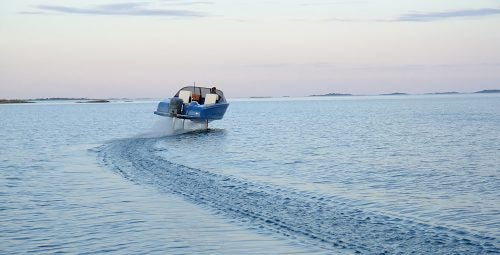

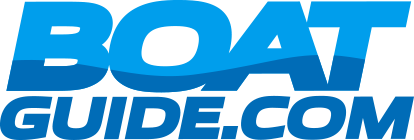

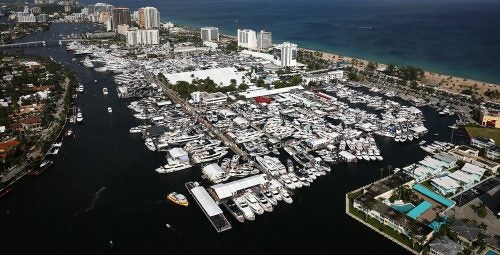 Fort Lauderdale International Boat Show Preview
Fort Lauderdale International Boat Show Preview 10 Best New Boat Accessories at IBEX 2021
10 Best New Boat Accessories at IBEX 2021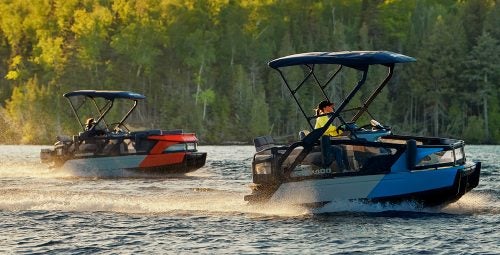 2022 Sea-Doo Switch Pontoon Boat Lineup Unveiled
2022 Sea-Doo Switch Pontoon Boat Lineup Unveiled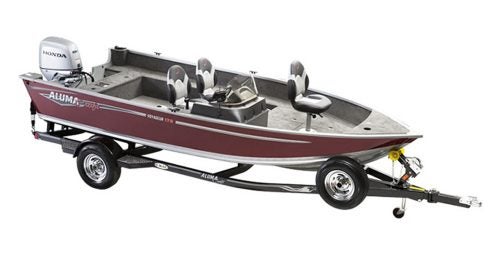 BRP Enters Fishing Boat Market with Purchase of Alumacraft Boat
BRP Enters Fishing Boat Market with Purchase of Alumacraft Boat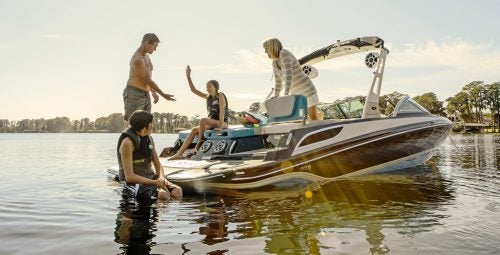 Volvo Commits To Electric Power By 2021
Volvo Commits To Electric Power By 2021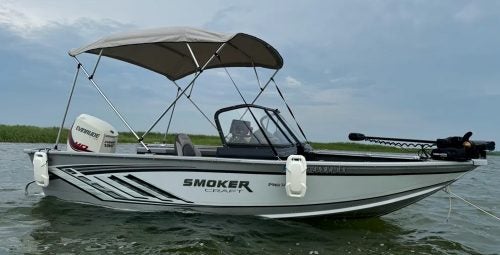 Kemimoto 4 Bow Bimini Top and Boat Bumper Review
Kemimoto 4 Bow Bimini Top and Boat Bumper Review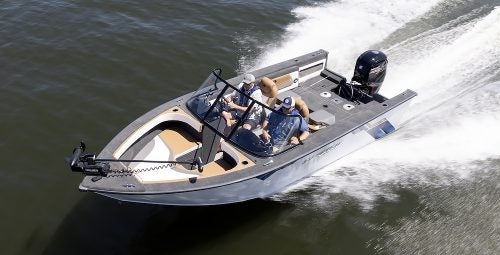 Starweld Victory 20 Review
Starweld Victory 20 Review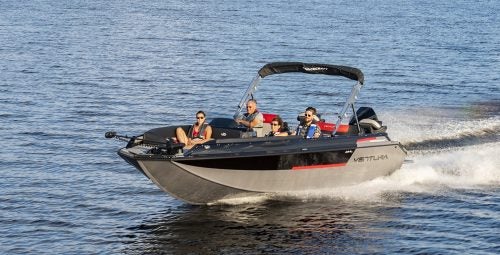 Princecraft Ventura 23 RL Review
Princecraft Ventura 23 RL Review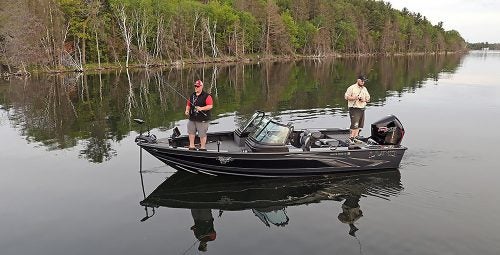 Lund 2075 Pro V Review
Lund 2075 Pro V Review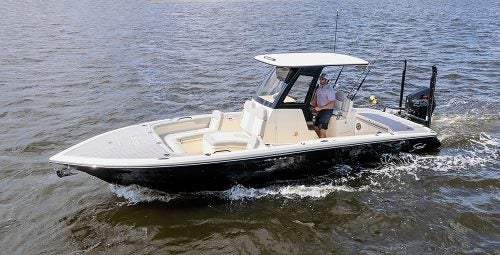 Scout 281 XSS Review
Scout 281 XSS Review Fuel Saving Tips For Boaters
Fuel Saving Tips For Boaters Best Boating Accessories
Best Boating Accessories Best Boating Apps
Best Boating Apps 5 Pontoon Boats That Are Made To Fish
5 Pontoon Boats That Are Made To Fish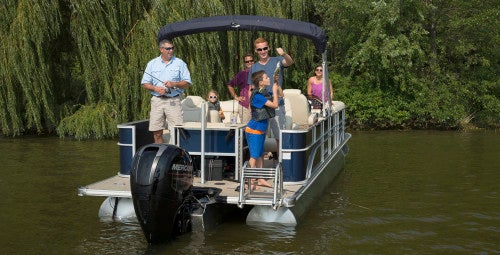 10 Great Small Pontoons
10 Great Small Pontoons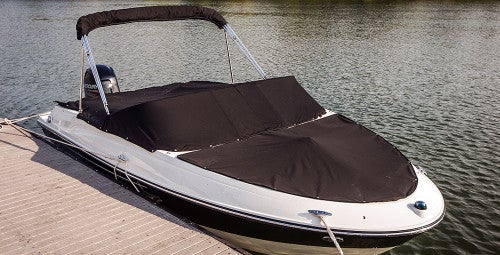 Your Boat Was Expensive—Do You Really Trust a $2 Rope From the Dollar Store to Secure It?
Your Boat Was Expensive—Do You Really Trust a $2 Rope From the Dollar Store to Secure It?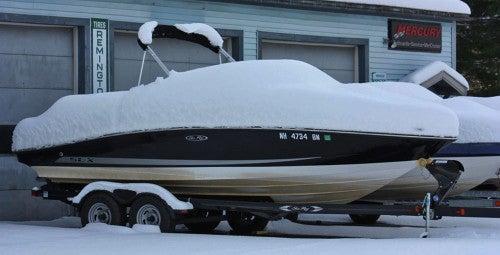 Do I Need Insurance Coverage Against Ice or Freezing Damage?
Do I Need Insurance Coverage Against Ice or Freezing Damage?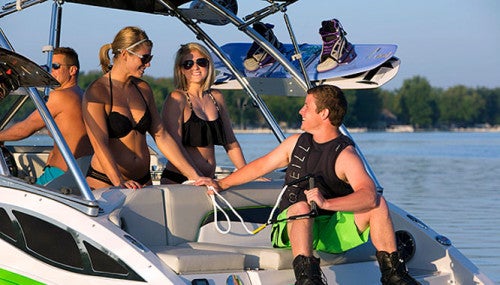 What Kind Of Insurance Coverage Do I Need?
What Kind Of Insurance Coverage Do I Need?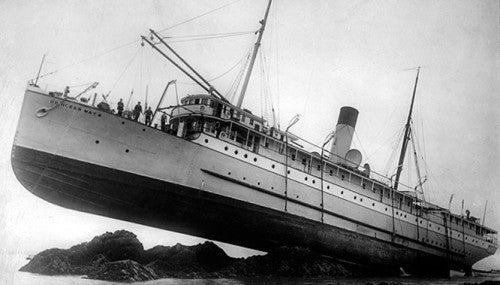 What About Salvage?
What About Salvage?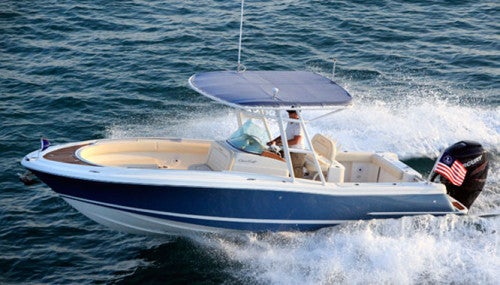 Boat Insurance or Yacht Insurance?
Boat Insurance or Yacht Insurance?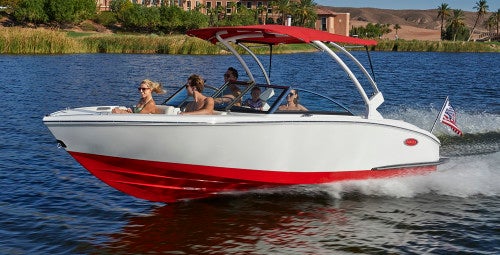
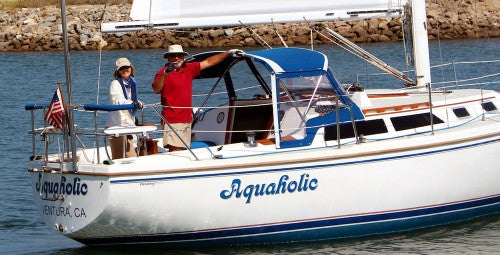
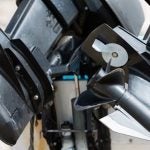

 The Best Bowriders For The Money
The Best Bowriders For The Money
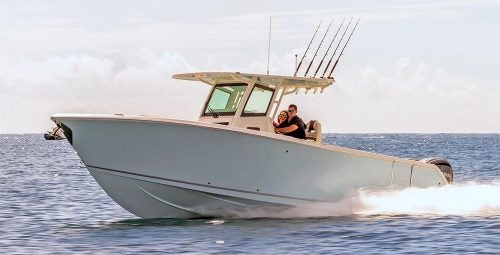 Sailfish 312CC Review
Sailfish 312CC Review
 The Wildest Concept Yachts
The Wildest Concept Yachts
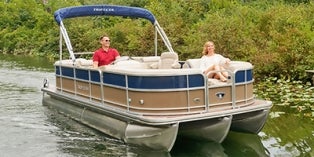 2016 Trifecta 200 Series 220FCR
2016 Trifecta 200 Series 220FCR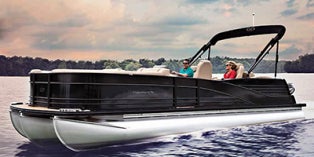 2016 Harris Grand Mariner SL 270 DL
2016 Harris Grand Mariner SL 270 DL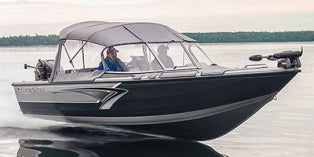 2016 Crestliner Authority 2050
2016 Crestliner Authority 2050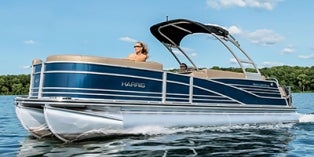 2016 Harris Grand Mariner SL 230 DLDH
2016 Harris Grand Mariner SL 230 DLDH
